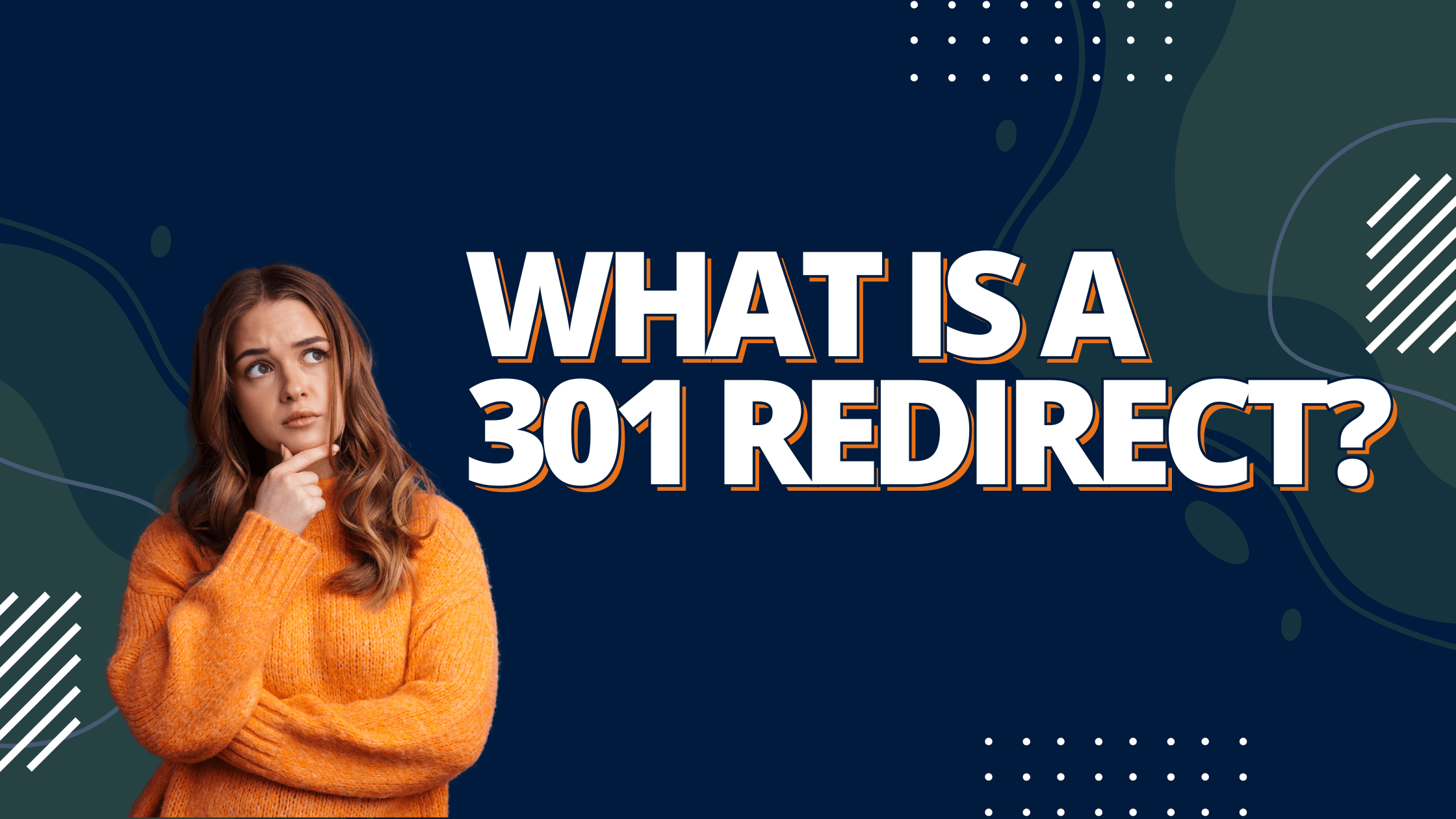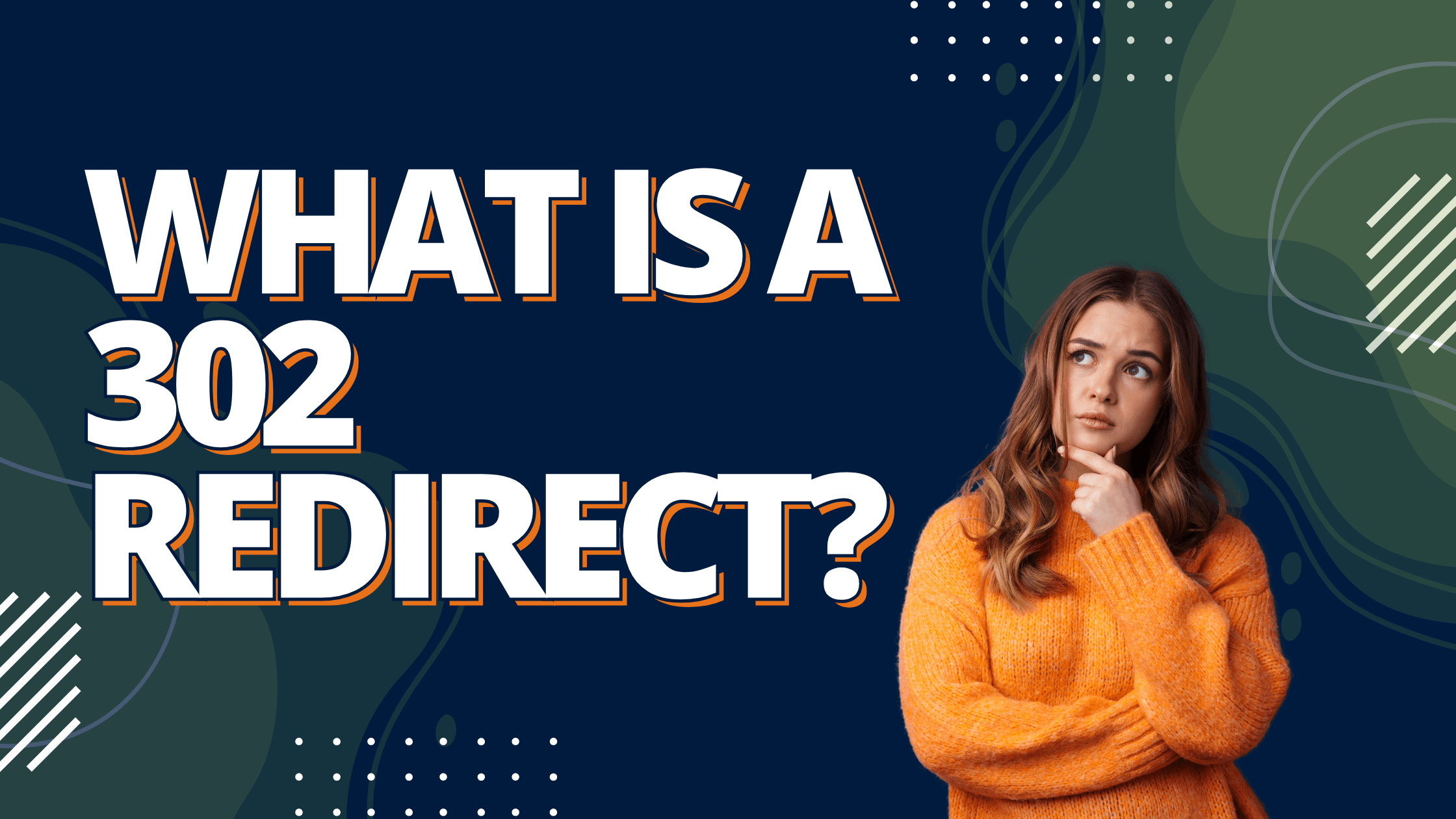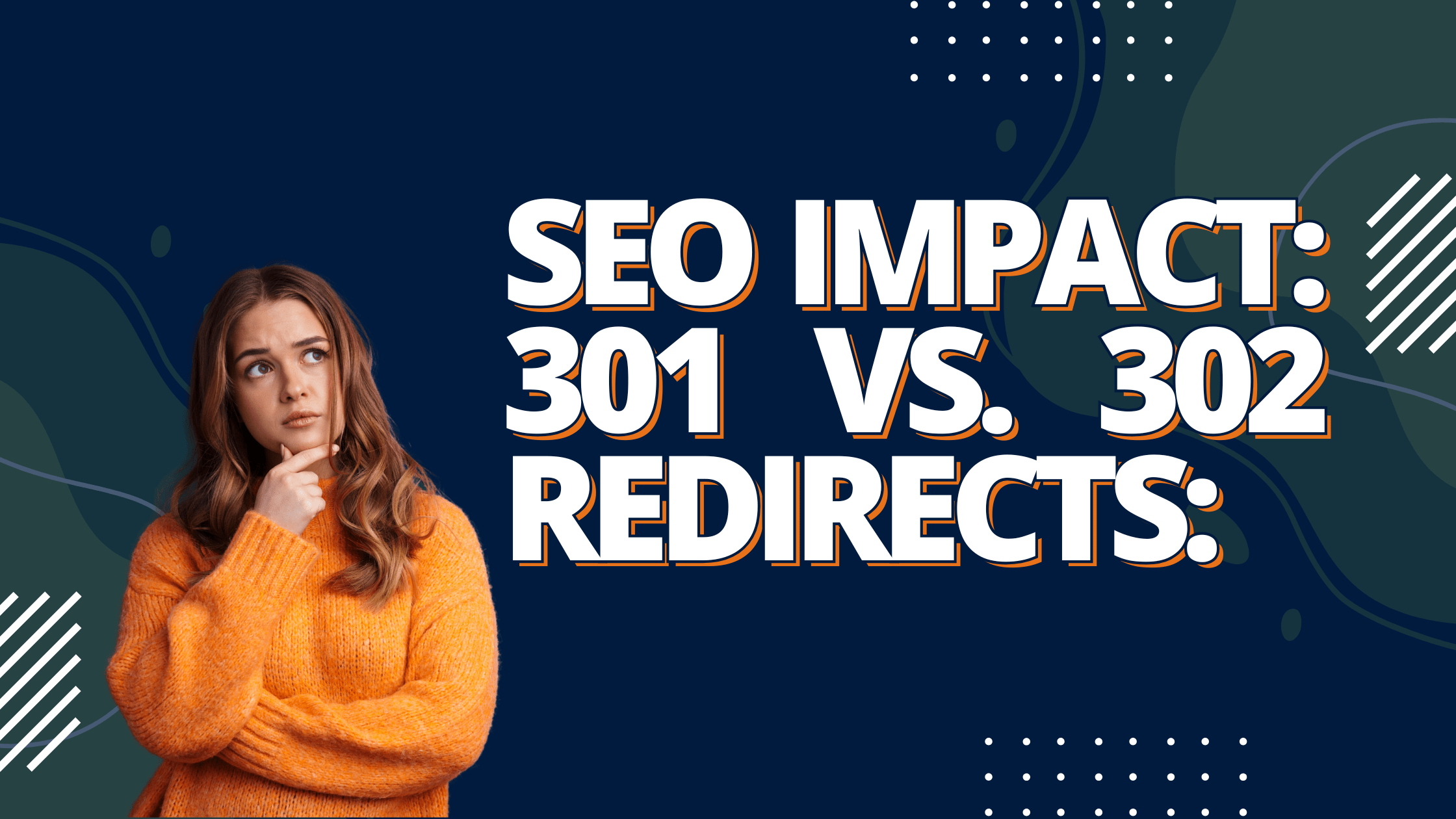
The difference between 301 and 302 redirect is crucial to understand when managing a website. Whether you’re restructuring your site, merging content, or fixing broken pages, choosing the right type of redirect matters. While both 301 and 302 redirects serve to forward users and search engines to a different URL, they work in different ways — and using the wrong one can negatively impact your SEO or user experience. Let’s explore what sets them apart and how to choose the right one based on your goals.

What Is a Redirect?
A redirect is a method used to guide both users and search engine crawlers to a different URL than the one they originally tried to access. This is useful when:
- A page has moved permanently or temporarily.
- You’re rebranding or restructuring your site.
- You want to consolidate content.
- You’re fixing broken links or outdated pages.
Now, let’s dive into the difference between 301 and 302 redirect.

What Is a 301 Redirect?
A 301 redirect signals that a page has been moved permanently to a new location. When search engines see a 301, they transfer most (if not all) of the original page’s SEO value—such as backlinks and rankings—to the new URL.
Key Benefits:
- Preserves SEO value (link equity).
- Google treats it as a permanent move.
- Helps maintain traffic and rankings.
Use a 301 redirect when:
- You’ve permanently changed a page’s URL.
- You’re merging two websites or blog posts.

What Is a 302 Redirect?
A 302 redirect mean the page you are looking for that has been moved temporarily . It tells search engines to keep the old URL indexed, assuming the original page will return soon.
Key Benefits:
- Doesn’t transfer full SEO value.
- Ideal for temporary updates or testing.
- Allows original page to stay in Google’s index.
Use a 302 redirect when:
- You’re A/B testing different pages.
- A page is under temporary maintenance.
- You plan to restore the original page soon.

SEO Impact: 301 vs. 302 redirects:
| Feature | 301 Redirect | 302 Redirect |
|---|---|---|
| Type of Redirect | Permanent | Temporary |
| SEO Value Transfer | Passes full link equity (ranking power) | Does not pass full SEO value |
| Search Engine Behavior | Replaces old URL in index | Keeps old URL indexed |
| Use Case | URL changes permanently, site migration, content consolidation | A/B testing, temporary maintenance, event pages |
| User Expectation | Page has moved and won’t return | Page will come back soon |
| Impact on Ranking | Helps maintain and transfer rankings | Rankings may not transfer |
| Best For | SEO-friendly permanent moves | Short-term changes without affecting rankings |
| Crawl Budget | Redirected page will no longer be crawled | Original page continues to be crawled |
Choosing the wrong one can mean losing valuable search rankings or confusing search engines.

UX Considerations
From a user experience (UX) standpoint:
- 301 redirects provide a seamless and consistent experience if the move is permanent.
- 302 redirects can cause confusion if users expect a page to be gone but find it returns.
That’s why understanding the difference between 301 and 302 redirect is critical for both user trust and website performance.
Common Mistakes to Avoid
- Using a 302 when the change is permanent.
- Overusing redirects, which can slow down your site.
- Not updating internal links after redirecting a page.
Final Thoughts
Understanding the difference between 301 and 302 redirect can make or break your site’s SEO strategy and user experience. Use 301s for permanent changes to preserve rankings, and 302s for temporary situations where the original content will return.
By choosing the right redirect, you ensure your users reach the correct destination—and that search engines reward, rather than penalize, your site.
Need help setting up your redirects properly? Let’s optimize your website together .Learn by doing with Real World Projects other countries



1 Comment
[…] In today’s data-driven world, businesses that thrive are those that understand and utilize analytics tools. In this blog, we’ll explore the 10 Analytics Tools to Analyze Business Performance, helping you choose the best options for your needs in 2025.Whether you’re running a small startup or managing a large enterprise, the right tools can help you gather insights, track performance, and drive smarter decisions. You can also check Difference Between 301 and 302 Redirects : Which to Choose for SEO and UX? […]